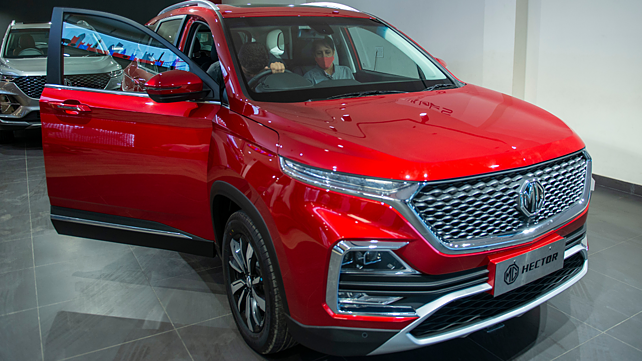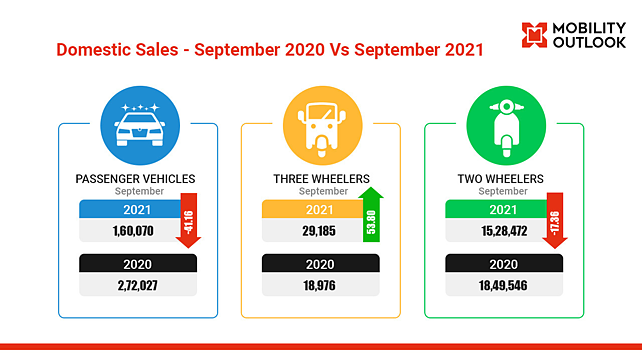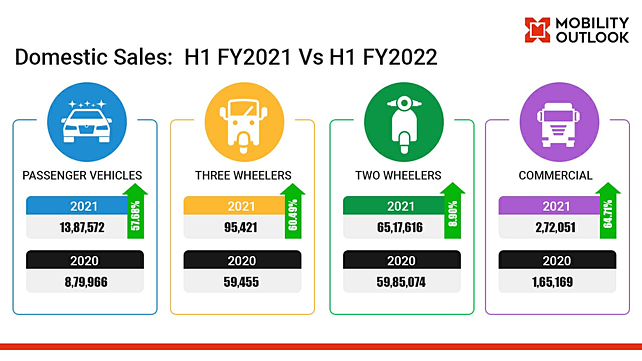
Automobile sales recovered sequentially after the destructive second wave; however, the semiconductors shortage has slowed the recovery. As a result, the overall auto sales declined by 19.75% in September 2021 at 1,717,728 units compared to 2,140,549 units in the same month last year, according to the Society Of Indian Automobile Manufacturers (SIAM).
The overall sales comprise of passenger vehicles, three-wheelers, and two-wheelers as commercial vehicle data is released only on a quarterly basis.
Kenichi Ayukawa, President, SIAM, said that the Indian automobile industry continues to face new challenges. “While on the one hand, we are seeing a revival in vehicle demand, on the other hand, the shortage of semiconductor chips is causing a major concern for the industry. Many members have curtailed their production plans,' he said.
“Coupled with the festive season demand, this has led to long waiting time for the customers on popular models of some segments. High raw material prices also continue to be a challenge. The industry is taking all possible measures to mitigate the impact of such supply chain issues and optimise production,” he added.

In terms of segment, passenger vehicle sales declined by 41.16% in September 2021 at 160,070 units compared to 272,027 units in the same month last year. The primary reason behind the steep decline is largest car manufacturer Maruti Suzuki could only produce half of its normal production due to a semiconductor shortage.
Rajesh Menon, Director General, SIAM, said owing to the semiconductor shortage, in September 2021, there was a drop in production of about -37.46% for Passenger Vehicles and -17.15% for two-wheelers.
Entry-level two-wheeler, which hasn’t been revived ever since the pandemic struck and along with semiconductor issues, pulled the two-wheeler segment down by 17.36% at 1,528,472 units compared to 1,849,546.
Analysts tracking the segment say the segment is seeing some demand now on the back of good monsoons and a better harvest. However, they could not term it as a complete revival.
On the flip side, the three-wheeler segment saw a rise of 53.18% at 29,185 units.
From April to September of the ongoing fiscal year, total domestic sales rose by 16.69% to 8,272,666 due to a revival in demand for passenger and commercial vehicles.

Menon added, “On the sales front, barring the COVID period, H1 sales of passenger vehicles are still below 2016-17 levels, that of two-wheelers are below 2011-12 levels, that of commercial vehicles are below 2010-11 levels, and that of three-wheelers are still below 2000-01 levels.